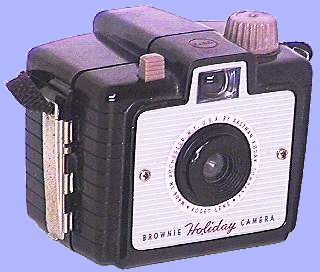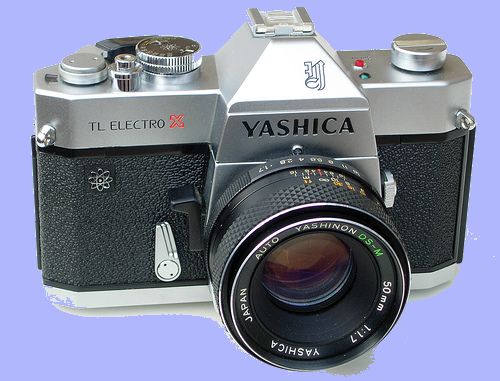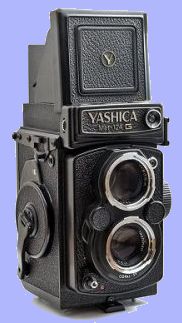My Photography Background

I suspect that a lot of kids growing up in the 1950's imagined that they could take great pictures like the ones in magazines like Life, and National Geographic. Of course to become a photographer you had to have a camera. My first camera was a Brownie Holiday. I took a few (pretty bad) black and white pictures with this camera but film was expensive on a kids budget, and I did not satisfy my photographic dulusions.
Many years later, when I lived in Colorado, where there are unlimited picture opportunities, I finally acquired a Yashica J5 SLR. In those days there were two kinds of pictures that made a Single Lens Reflex camera with interchangable lenses desirable for me. One was nature photography at a distance, and the other was wildflower close-ups.

If you want to capture an elk, and it is hundreds of yards away, a telephoto lens on an SLR was necessary in those days. At the other extreme, is capturing a close-up view of a small flower or bug. There you had the option of adding a special macro lens to your camera, or you could use extension tubes between the camera and the normal lens to allow for close focusing.
My next camera choice was a Yashica-Mat 124G. This is a twin lens reflex camera. One lens is for viewing and the other for making the picture. This camera used 60 mm wide film rather than the common 35 mm film used in most SLR's. The extra size allows for much bigger prints. I still have a 20" by 30" print of a mountain scene made from a picture taken with the Yashica-Mat 124G.

I became fairly serious about picture taking, but when I took a job at Trinidad Community College in southern Colorado, my hobby became a little more than a hobby. One of my colleagues, who was also a photography hobbyist, and I decided it would be fun to start a photography club. Since he was an administrator at the college, he arranged for a meeting room in the library and announced a meeting date. At the first meeting we discovered that everyone there was actually expecting to take a photography class. "That's OK," my friend said, "I will put the class on the schedule and you can teach it."
I started with a basic course that focused on 35mm black and white pictures. I bought 100' rolls of 35mm film for about $5.00 per roll and loaded the film into 35mm cartridges. We used a changing bag to transfer exposed film to light proof stainless steel developing tanks and processed the film. For a darkroom, we stuffed a floor mop under the crack in the door of the men's room in the Industrial Arts Shop where there was a large sink. I picked up a fairly good enlarger cheap from State Surplus Property, and before long we were making 16 by 20 black and white prints. As time went by the class became popular, was required by several college programs, and evolved into a three course sequence. A good way to learn a subject is to teach it, and I collected a number of photography text books and learned a bit about the business.
I spent quite a bit of time in Colorado chasing deer, elk, big horn sheep, and antelope around the mountains. I also focused on wildflowers and scenery. In those days if you wanted to make big enlargements, you needed a large format camera.
After we moved away from Colorado, work pressures and the lack of being inspired by the mountains caused me to set my hobby aside for a time. However, two things got me back into it. One was Woodhaven Ohio, a nature lovers paradise and our weekend place for 25 years. The other was digital photography. The digital cameras eliminated the wait and expense of developing film. Together with image processing computer software, digital photography provides endless opportunities for creative picture making.
